The Ultimate Guide to Mimosas
This post may contain affiliate links. If you purchase through links on our site, we may earn a commission.
Mimosas are a brunch staple and for good reason. This classic cocktail combines sparkling wine and citrus juice and can be customized in so many ways. Read on for everything you need to know about the classic mimosa, from where it started to 15+ amazing variations!
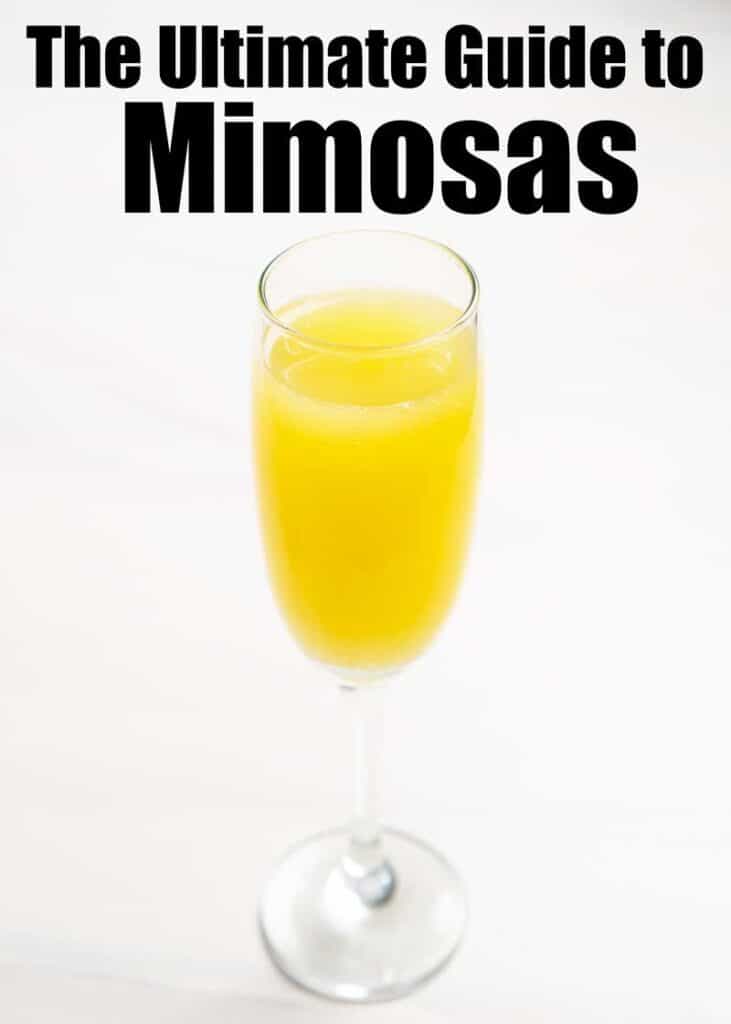
Want to save this recipe?
Enter your email & I’ll send it to your inbox. Plus, get great new recipes from me every week!
Who Invented Mimosas?
No one knows for sure what genius decided to combine sparkling wine and orange juice into the perfection that is the mimosa, but the Spanish have been combining citrus and sparkling wine for centuries. There are many legends about the invention of the mimosa however.
Like most classic cocktails and many popular American dishes, there are a lot of legends regarding the true origins of the mimosa. A drink called Buck’s Fizz was invented in 1921 at the Buck’s Club in London. This drink is also made with champagne and orange juice, but with a larger quantity of the wine. It is believed that four years later, in 1925, a bartender at the Ritz Hotel in Paris named Frank Meier invented the mimosa, which uses equal parts sparkling wine and juice.
Gunther Toody’s Diner.
There is even one story that says director Alfred Hitchcock invented the mimosa in San Francisco in the 1940’s. According to The Oxford Companion to American Food and Drink, the mimosa is merely a variation of the Buck’s Fizz, but it does suggest that perhaps Hitchcock was the one to popularize it as a brunch drink in this country.
Ingredients
- Orange Juice Choose a 100% juice variety, fresh, not from concentrate with no pulp. It is okay to make mimosas with orange juice with pulp, however, the pulp will float to the top of your drink.
- Sparkling White Wine A dry or semi-dry variety works best. Don’t worry about splurging on an expensive bottle, because we are mixing the wine you can choose a mid to lower priced bottle.
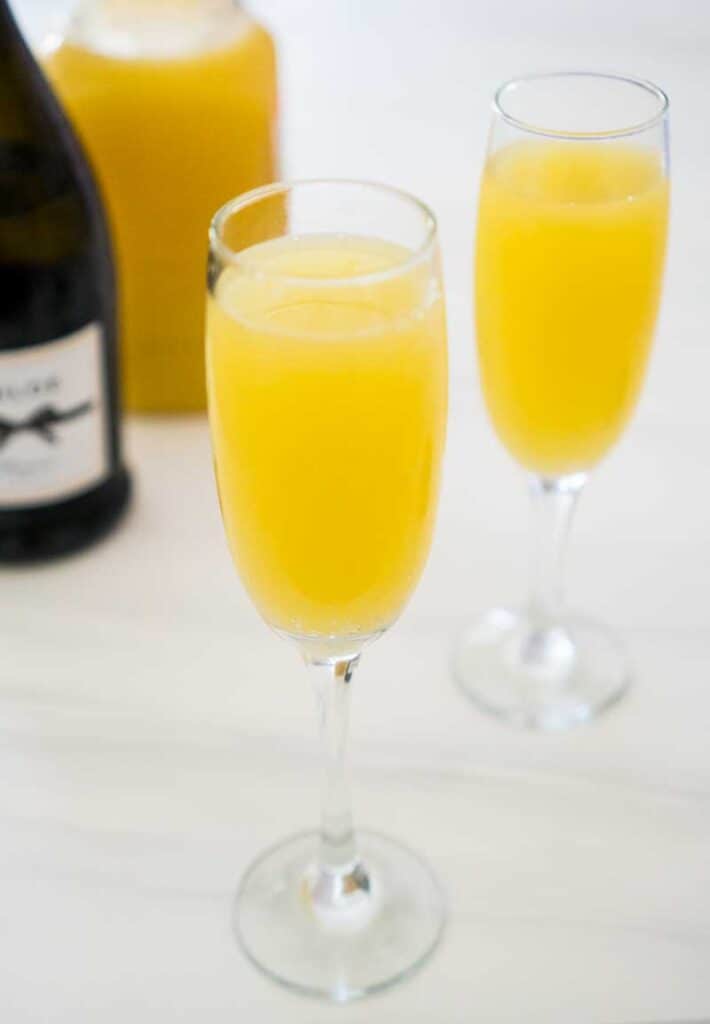
What is the Best Champagne for Mimosas?
Mimosas are made with equal parts of orange juice and champagne or sparkling white wine like prosecco. Because you are adding juice you can choose a less expensive sparkling wine.
In general, we suggest a dry or semi-dry sparking wine to balance with your preferred fruit juice. A Cava or dry Prosecco represent great choices, as well as a true Champagne – preferably Brut.
Michael’s Wine Cellar
Mimosa Glasses
Mimosas are typically served in champagne flutes due to sparkling wine being the main ingredient. These tall, thin glasses help preserve the bubble and keep your cocktail tasting it’s best. If you don’t have champagne flutes, any narrow wine glass (like a white wine glass) will do.
Recommended mimosa glasses:
(affiliate links support this site with no additional fee for you)
These are affordable classic champagne flutes and these champagne flutes have a more modern shape. I also like to use stemless champagne flutes as well.
I recommend chilling your mimosa glasses in the freezer for 10-15 minutes before serving if you have the time, it helps keep your cocktail nice and cold!
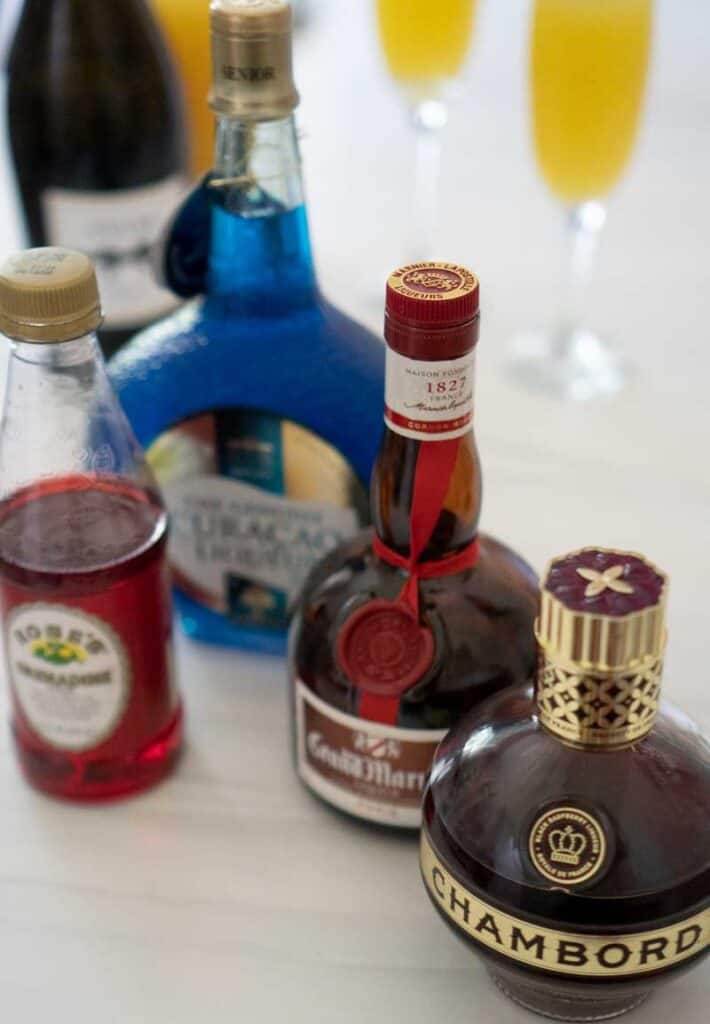
Mimosa Cocktail Variations
For each of the liqueur add-ins below, you can choose to add an ounce in addition to the orange juice and sparkling wine in your mimosa or replace some or all of the orange juice with the liqueur.
- Elderflower Liqueur Adding an elderflower liqueur like St. Germain adds a little extra flavor punch to the cocktail.
- Grand Marnier or Cointreau intensify the orange flavor or the mimosas like in this recipe from Esquire
- Chambord This raspberry liqueur will brighten up your mimosa beautifully. This is sometimes called a French Mimosa or Raspberry Mimosa.
- Grenadine pouring a bit of grenadine into your mimosa adds a lovely color and a little extra sweetness.
- Blue Curacao Another citrus-infused liqueur that will change the color of your mimosa! (Use lemonade instead of orange juice and this makes what is sometimes called a Tiffany mimosa or mermaid mimosa for its lovely blue color.)
- Orange Blossom Water or sparkling water can take the place of the sparkling wine for a nonalcoholic version of a mimosa
- Lavender or Rosemary add complementary flavors to the orange juice and sparkling wine that take your mimosa to the next level!
How to Make Mimosas in a Pitcher
To make mimosas in a pitcher for a crowd you simple add equal parts sparkling wine and orange juice as you would in a glass. The pitcher method does reduce the carbonation slightly but if drank fairly quickly, it should not impact the taste much.
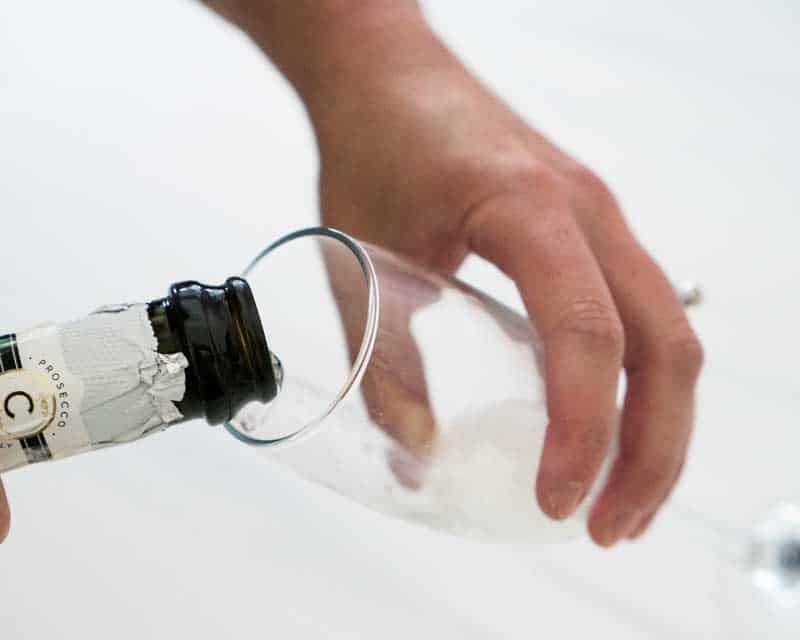
Tips-How to Make the Best Mimosas
- Pour the wine in the flute (or pitcher) first then the orange juice. Slowly pour the wine with the glass or pitcher at an angle to keep as many bubbles as possible!
- Do not stir the mimosa, the bubble will mix the orange juice and wine together for you!
- Do not add ice to the mimosa, simply chill the orange juice and wine beforehand.
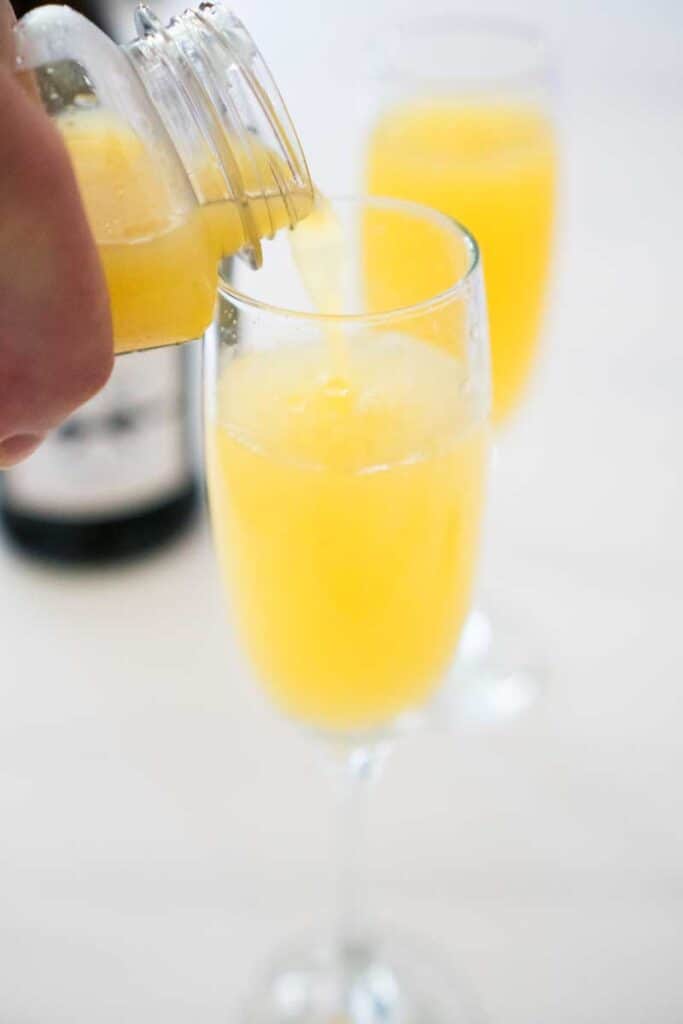
Variations without orange juice
Substituting the orange juice for other juices can make so many different mimosa variations!
- Grapefruit Juice (also called a Megmosa cocktail)
- Peach Nectar or Puree (Bellini cocktail)
- Cranberry Juice (Poinsettia cocktail)
- Pineapple Juice
- Pear Nectar
- Watermelon Juice
- Apple Juice or Apple Cider
- Pomegranate Juice
- Strawberry Juice
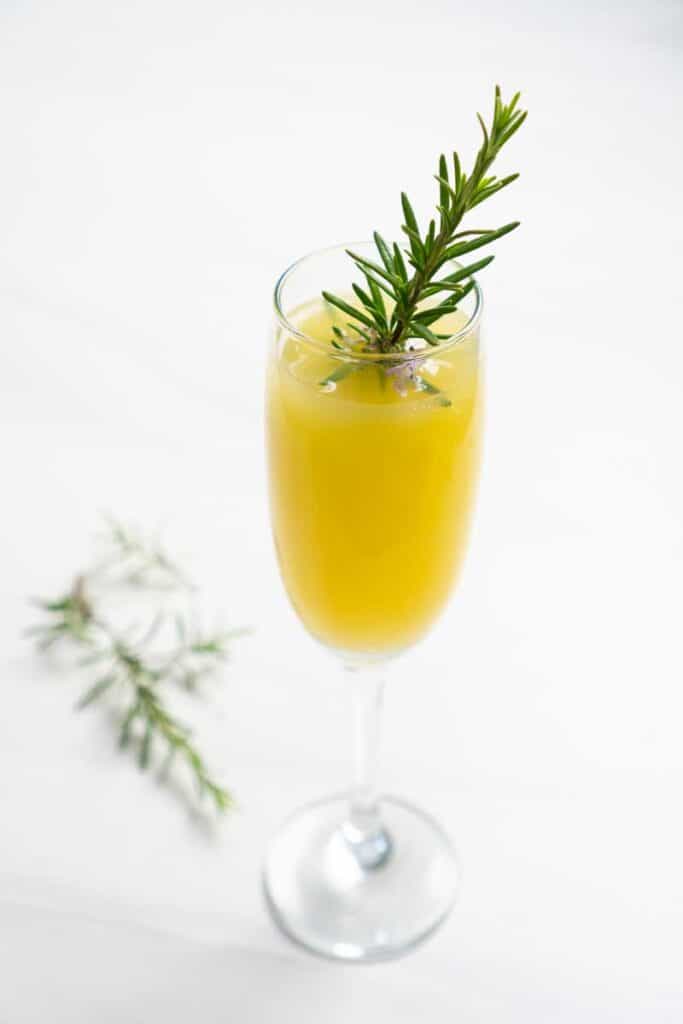
How to Make a Mimosa Bar
To make an easy Mimosa Bar for guests, provide chilled sparkling wine and various carafes of orange juice or some of the other juices mentioned above and allow guests to customize their own mimosa cocktails!
FAQs
Generally you make mimosas with pulp-free orange juice but it is a personal preference. If your orange juice has pulp it will float to the top of the mimosa glass.
Mimosas are traditionally served in stemmed or stemless champagne flutes to help preserve the bubbles in the sparkling white wine.
While you can put ice in a mimosa it will water it down as it melts and dilute the taste. I recommend chilling the champagne flute prior to pouring as an alternative to keep your drink cold.
Any sparkling white wine works for mimosas. Champagne, prosecco, or cava are all good choices.
Cheers!
You might also like to try some of my other favorite cocktails like Planter’s Punch, Mint Juleps, or Orange Mojitos.
If you enjoyed this recipe, please comment and rate it below, I love hearing from you!
Print
Mimosas by the pitcher
- Total Time: 1 minute
- Yield: 8 1x
Description
Mimosas are a brunch staple and for good reason. This classic mimosa cocktail combines sparkling wine and citrus juice and can be customized in so many ways. This is a basic mimosa recipe for making mimosas by the pitcher so you can entertain a crowd.
Ingredients
- 1 (750 ml) bottle of dry sparling wine, chilled
- 3 cups (750 ml) orange juice
Instructions
- Pour champagne into a pitcher, top with orange juice.
- Serve and enjoy!
Notes
Pour the wine in the flute (or pitcher) first then the orange juice. Slowly pour the wine with the glass or pitcher at an angle to keep as many bubbles as possible!
Do not stir the mimosa, the bubble will mix the orange juice and wine together for you!
Do not add ice to the mimosa, simply chill the orange juice and wine beforehand.
- Prep Time: 1 minute
- Category: cocktail
- Method: none
- Cuisine: American
Nutrition
- Serving Size:
- Calories: 140
- Sugar: 8.5 g
- Sodium: 6.7 mg
- Fat: 0.2 g
- Carbohydrates: 17.2 g
- Protein: 0.8 g
- Cholesterol: 0 mg

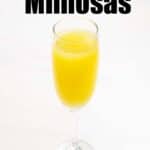
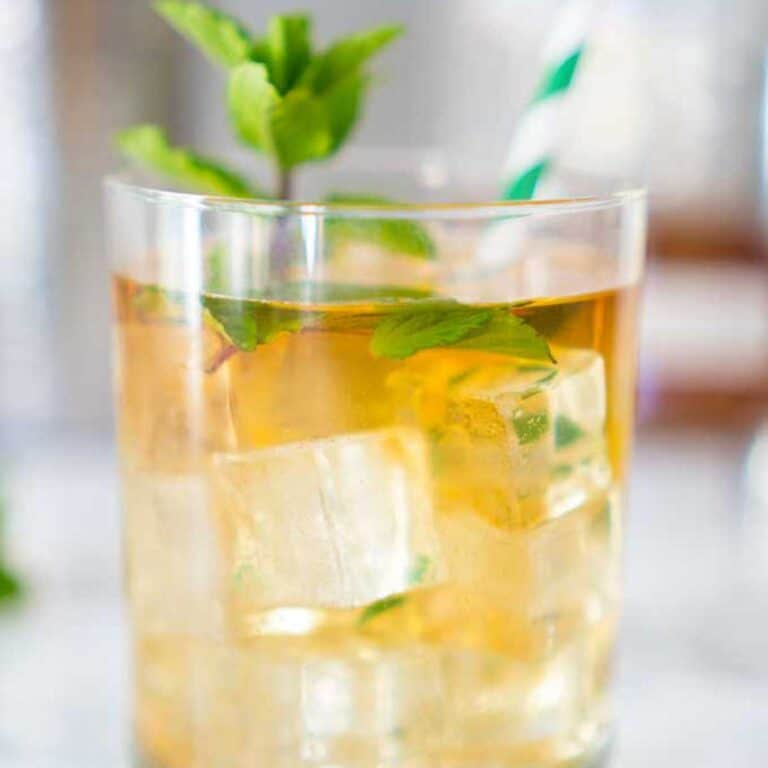
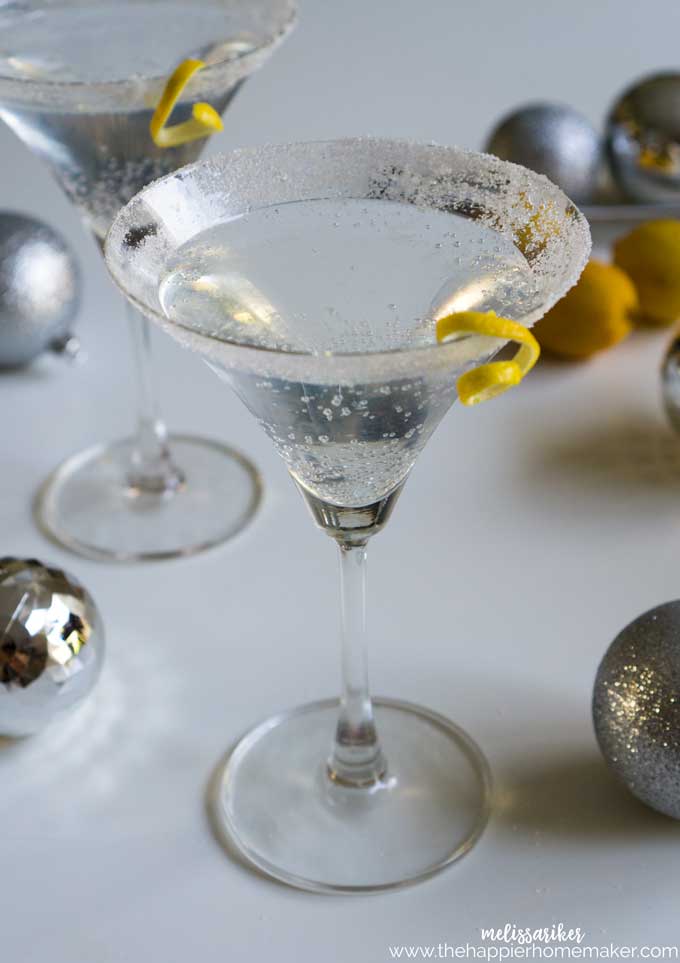
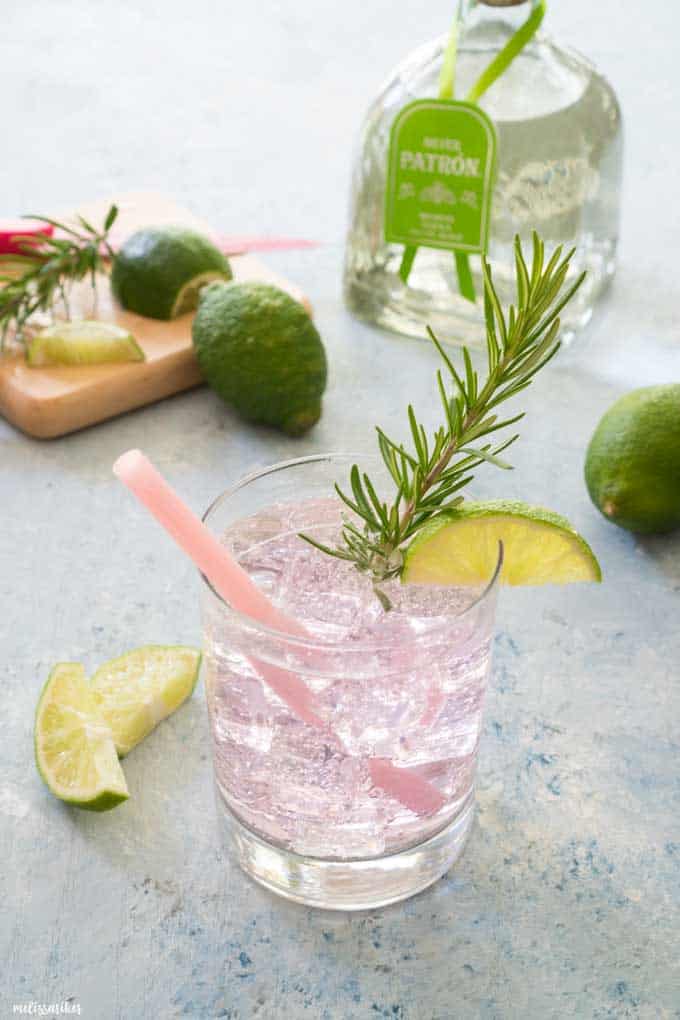
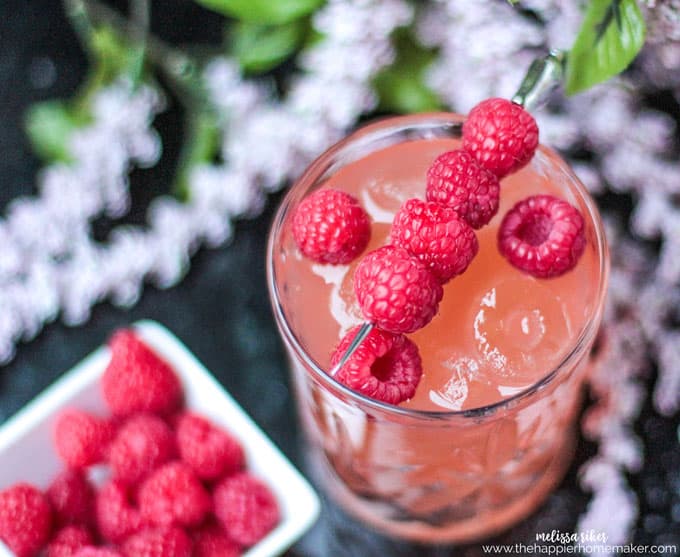
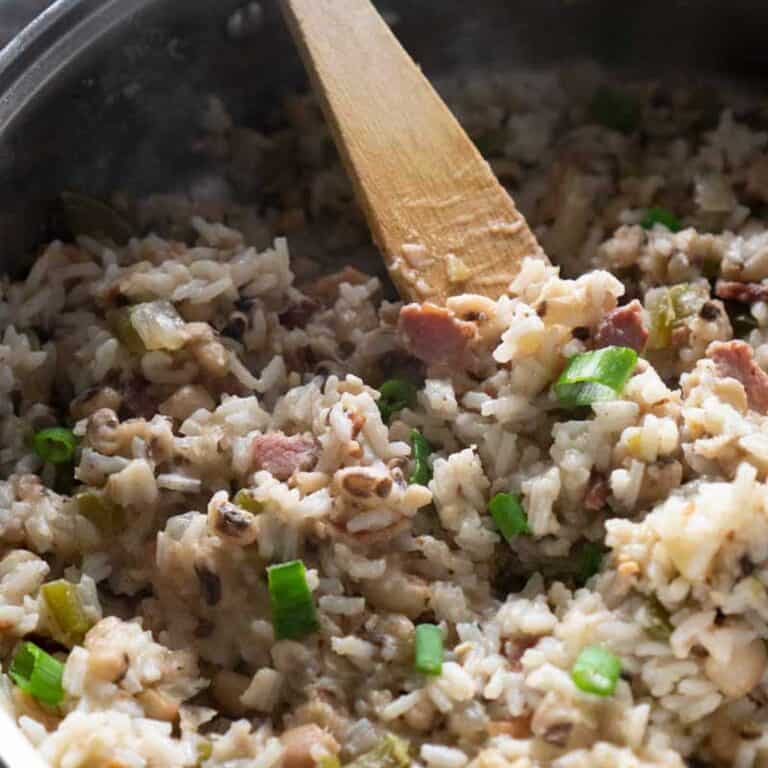
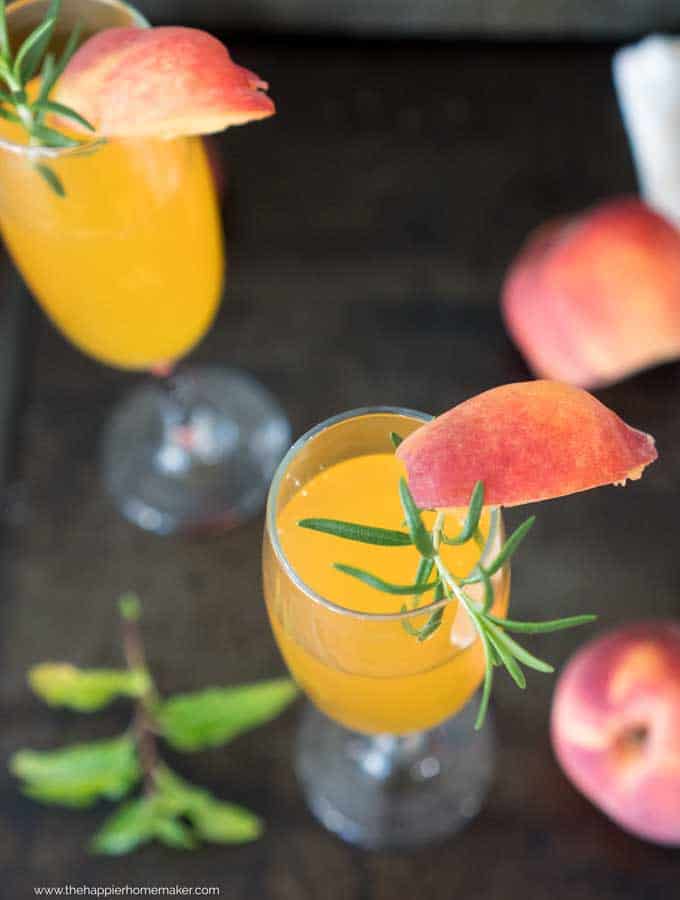
Love all the variations!
Awesome add in ideas!!